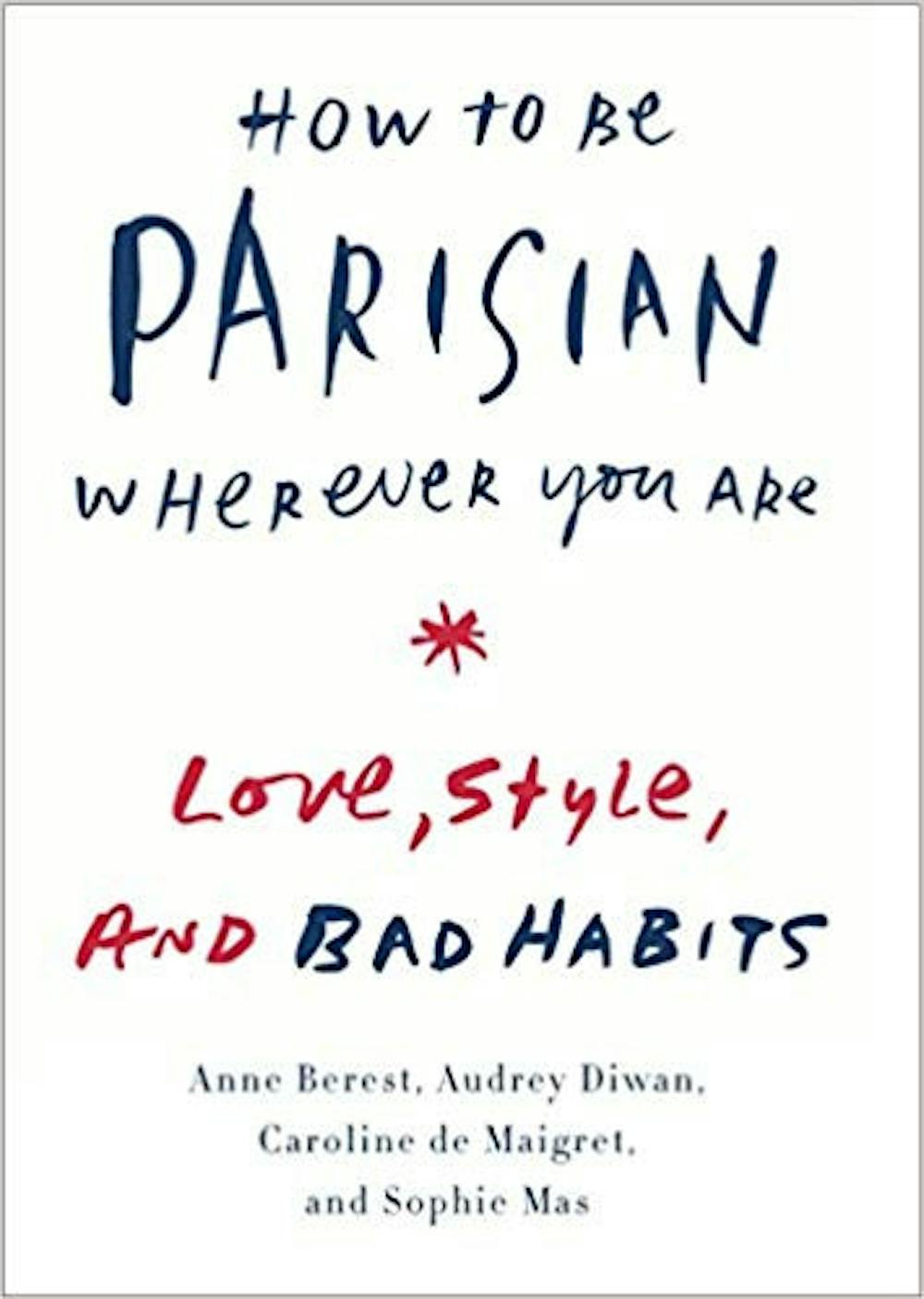This book is many things, among them, messy, random, sexist and provocative. Based on the authors’ images in the hardback printing, they are four white, European women compiling their thoughts on how the parisienne spirit manifests itself in a variety of ways. Yes, the work is about women from Paris — but a very small and specific subset of women from Paris: white, under the age of 40 and “cishet” — cisgender and heterosexual. In that respect, the book is an anachronism and performs a lot of willful erasure of the broad diversity present in the French capital.
Did I enjoy it? Yes, I did at times. Were its shortcomings evident? Yes, that, too. Is it worth checking out? I would say yes, but, as is said, largely its contents “should be taken with a grain of salt.” “How To Be Parisian” is fun, yes. Reliable? Hardly. Or so I hope.
What I Like About This Book:
- It’s a super-fast, light and accessible read. I read it in under 2 hours and I’m a [painfully] slow reader.
- It addresses feminism and feminist thought as something inherently Parisian. See the section on the three Simones starting on page 116.
- It has simple but great fashion advice.
What I Dislike About This Book:
- The descriptions of the women characterize them as rather mentally unstable and, pointedly, neurotic.
- The structure/style of the book does not appear coherent: sometimes there are listicles; sometimes there’s prose; the images of French stars and French life appear at random; and then there are recipes! In that respect, at least the book is self-aware: it’s unpredictable.
- When it comes to representing the diversity present in 21st century European metropolises, the book is way off the mark. This work makes hardly any effort in this respect. Including three random images of voiceless black women, the work ignores the Haitian, Martinican, Senegalese, Vietnamese and many of the other voices that, by way of a postcolonial legacy, inherited French government, language, culture, cuisine by once making up parts of the “DOM-TOMS,” départements et territoires d’outre mer, or, that is, the overseas regions of France formed outside of what is known as the “Hexagone.”
Reading this book, you’d think every parisienne was a white, waifish brunette and decidedly heterosexual. What fantasy is this? For vignettes based in Paris, borrow the DVD “Paris, Je T’aime.” Or, for another work that has been criticized for painting a colorblind, modern metropolis, see Lena Dunham’s “Girls” in the DVD collection.
The Librarian is in: 'How To Be Parisian'

Comments



